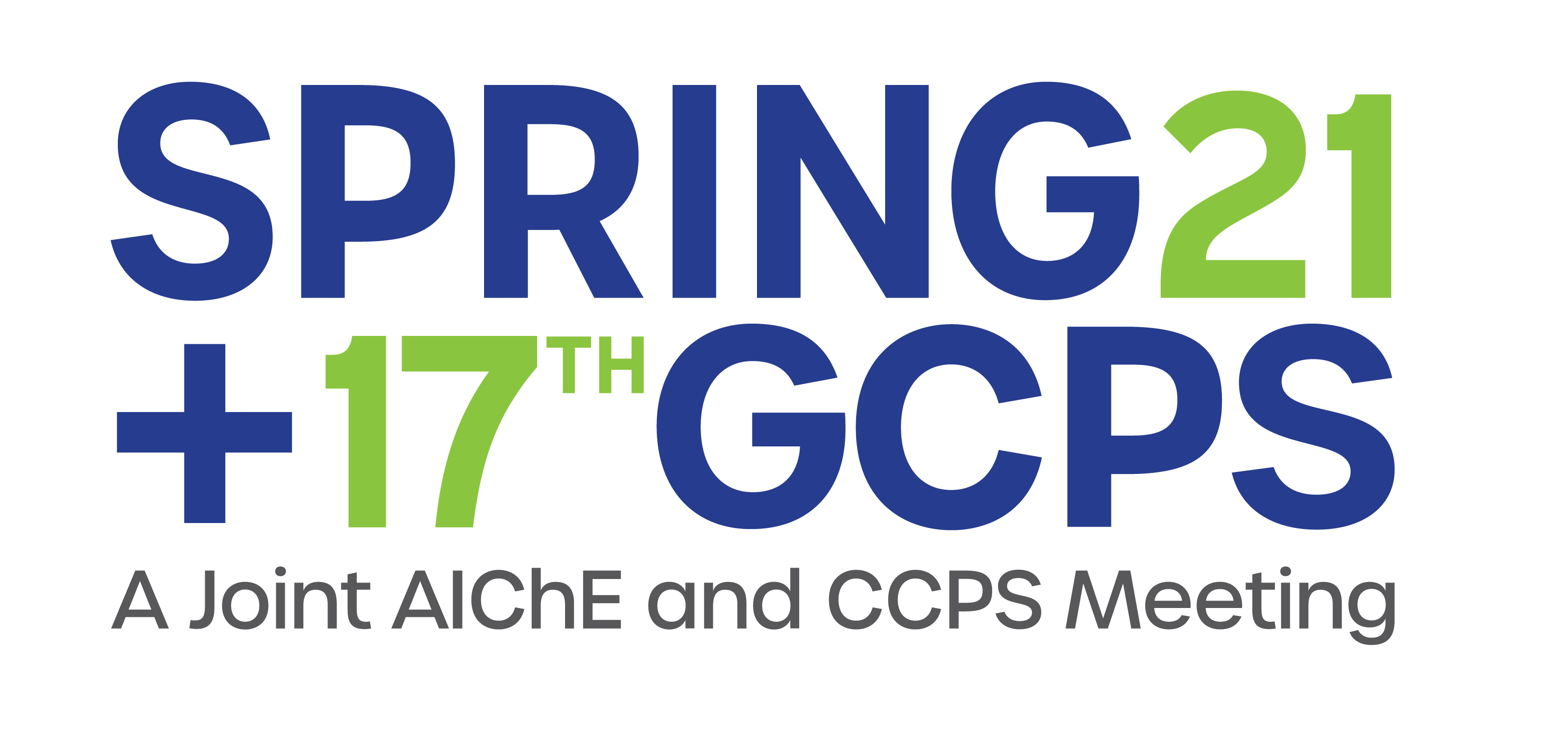

The chemical looping water-splitting (CLWS) concept offers an alternative pathway to bypass the CO2 removal step associated with H2 production from biogas, resulting in significant process intensification by eliminating not only the CO2 separation unit, but also the water gas shift unit, the H2 purification unit, the biogas compressor and the combustion furnace. The CLWS process performs the CH4 reforming reaction in three reactors, namely a reducer (fuel reactor), an oxidizer (steam reactor), and a combustor (air reactor). In the reducer, biogas is fully oxidized into CO2 and H2O by metal oxide particles. In the oxidizer, reduced metal oxide particles react with steam to produce pure H2. In the combustor, the metal oxide particles are fully regenerated by air.
In this work, the CLWS process is simulated in ASPEN Plus to quantify its benefits compared to conventional reforming systems. The material, heat and power balances of the CLWS system are established in the process model. Sensitivity analysis on the influence of feedstock CO2 concentration on the system performance is studied in ASPEN Plus, which shows that the CLWS system can directly process biogas feedstock with up to 50% CO2 concentration without compromising the system performance. These significant improvements in thermal efficiency are a result of the high level of process intensification achieved by the CLWS process, which is even more remarkable when CO2 capture is performed.
Presenter(s)
Language
Pricing
Individuals
| AIChE Member Credits | 0.5 |
| AIChE Pro Members | $19.00 |
| AIChE Graduate Student Members | Free |
| AIChE Undergraduate Student Members | Free |
| RAPID Members | Free |
| AIChE Explorer Members | $29.00 |
| Non-Members | $29.00 |
